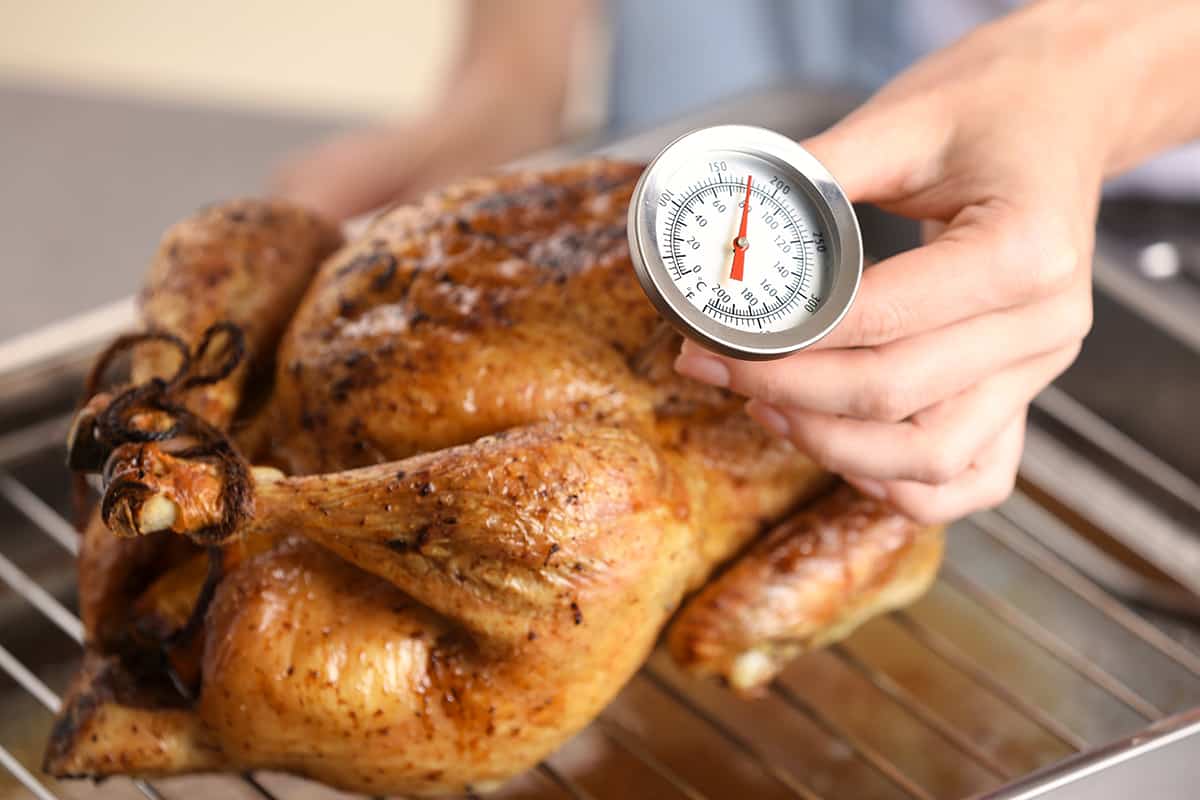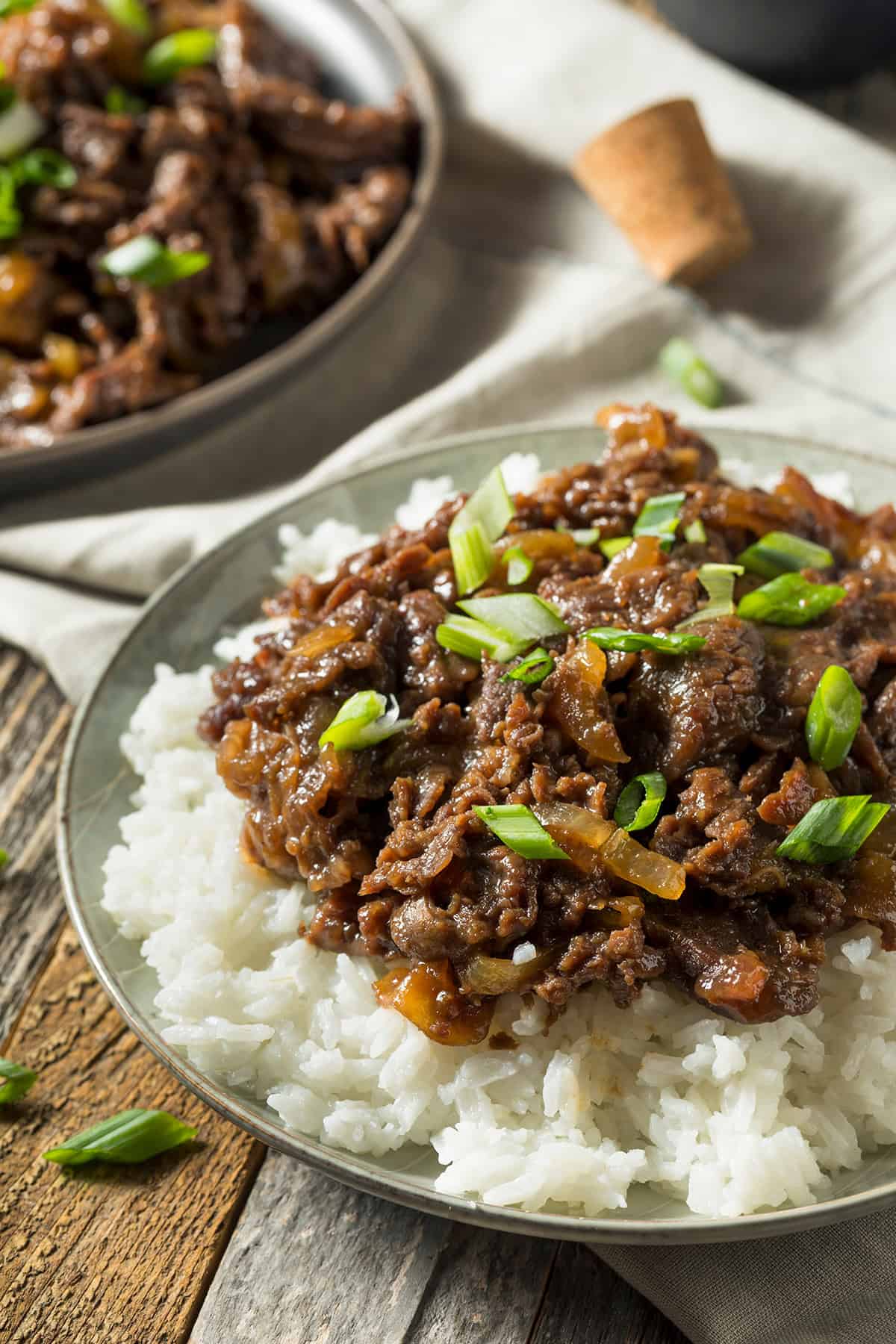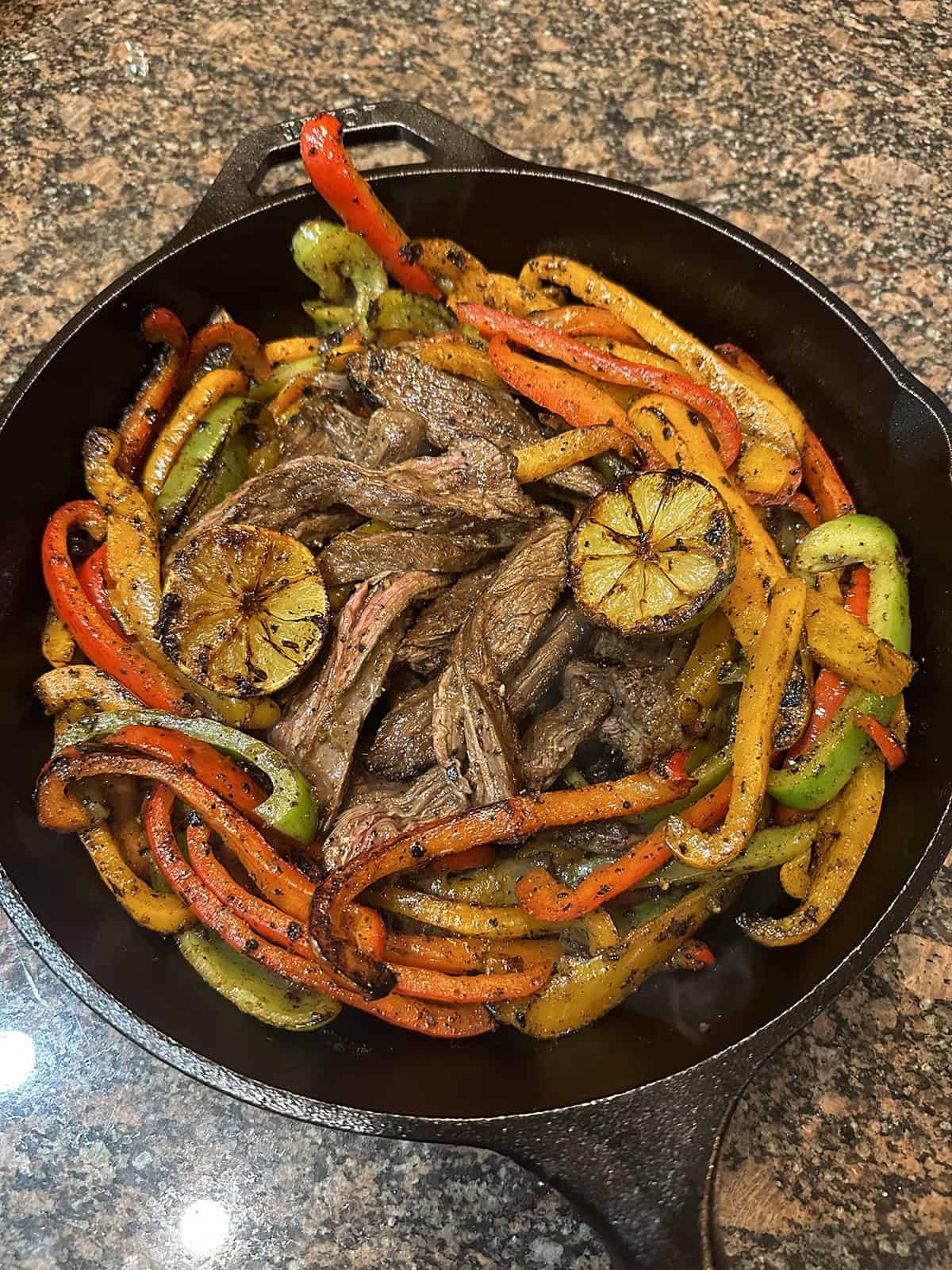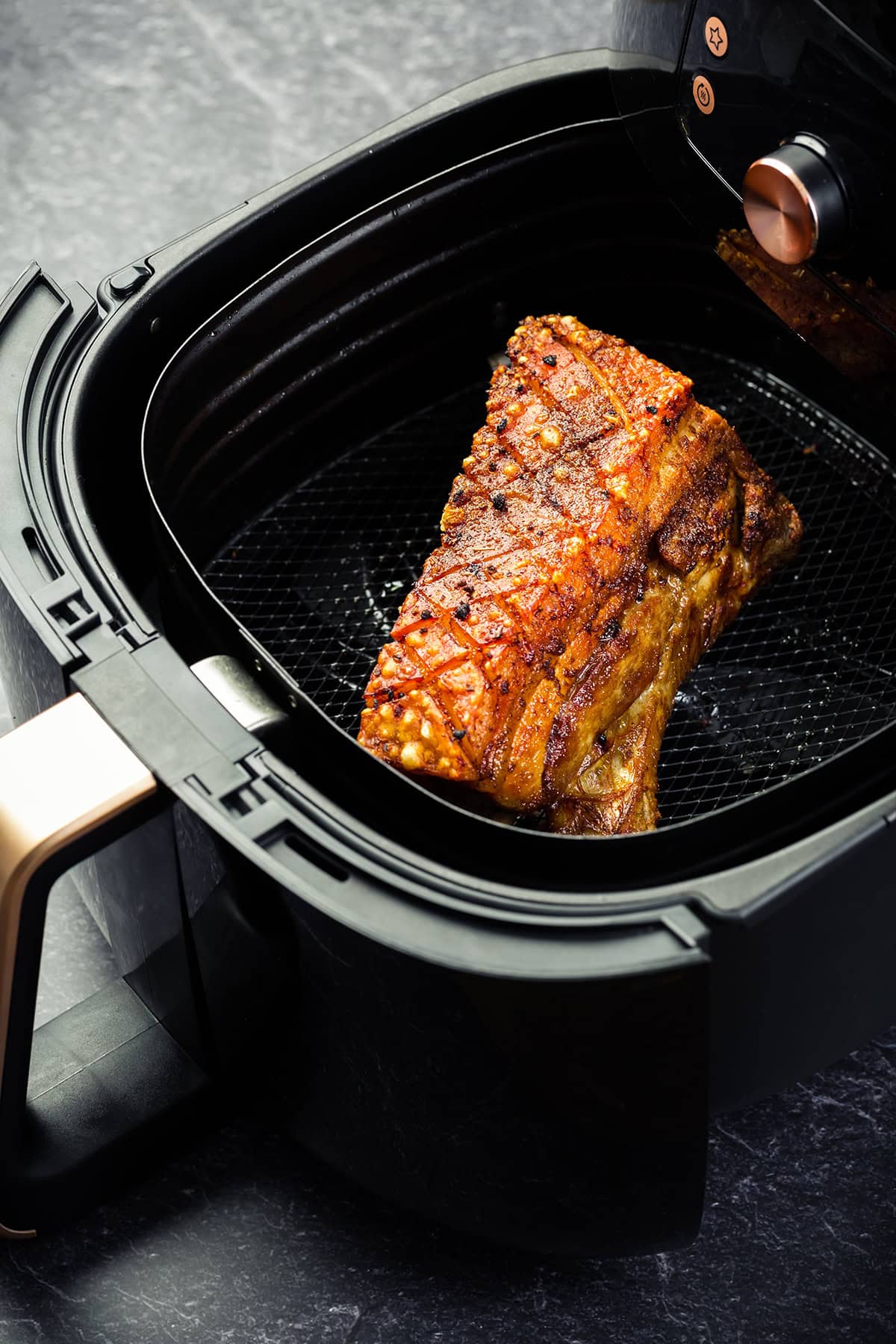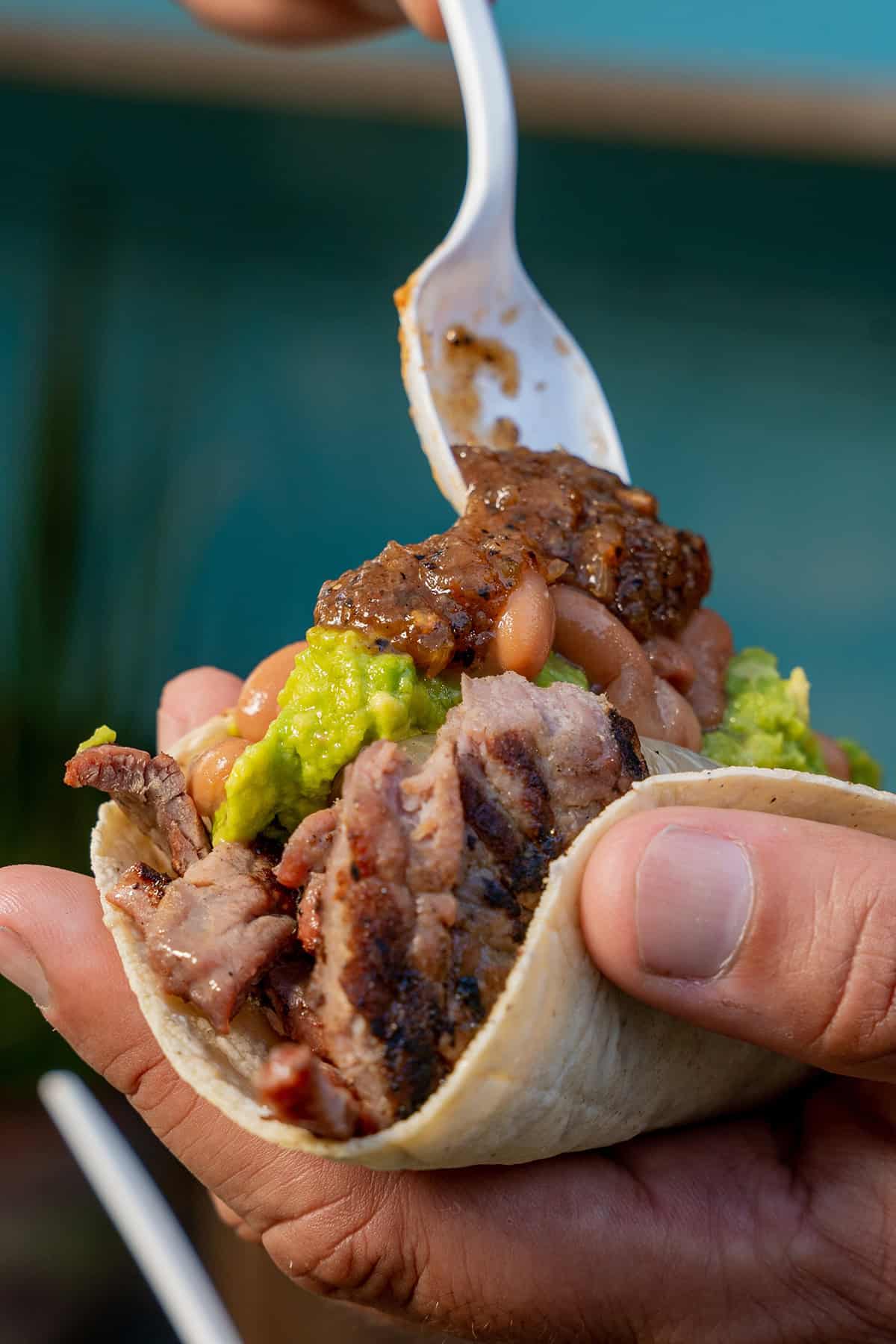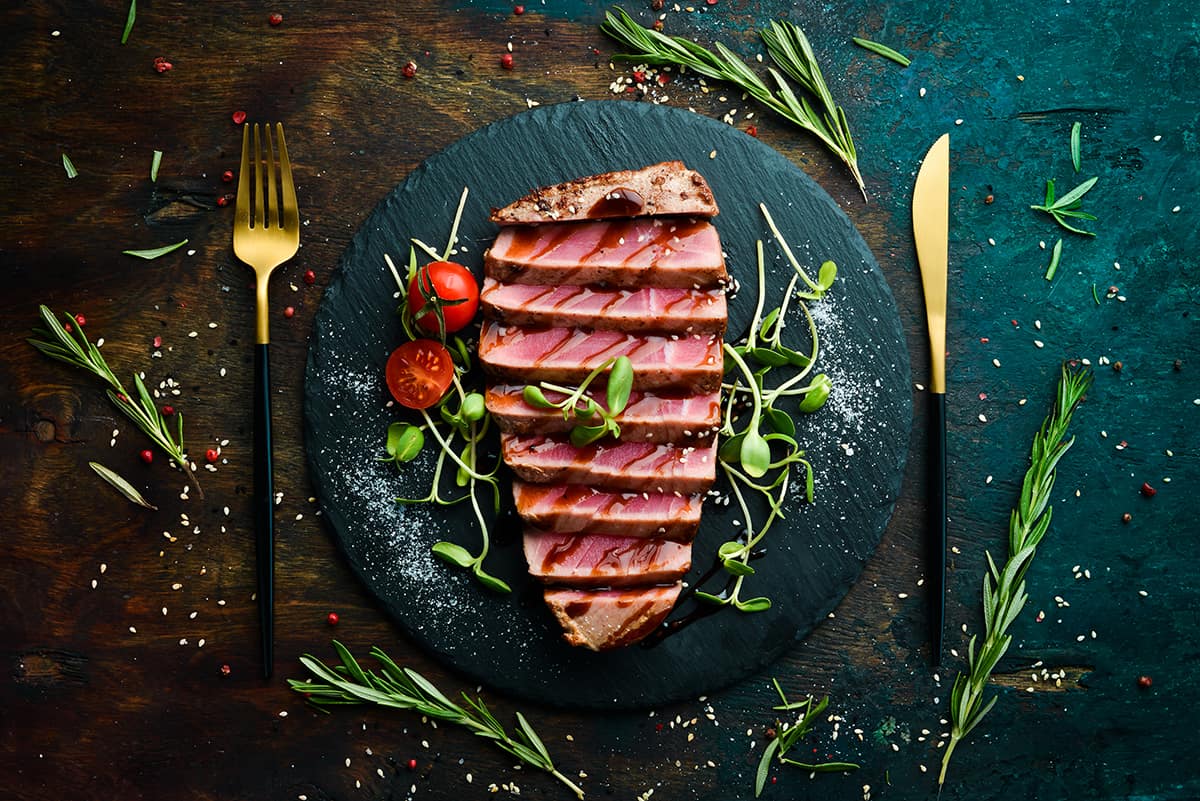Experienced chefs know how to tell how done a slab of meat is by touch alone. But for home cooks who don’t have years to differentiate steak doneness by feel, we can thankfully rely on meat thermometers. That said, is it fine to leave a meat thermometer in the meat while it’s still cooking?
Meat thermometers come in different styles—some of which are completely safe to leave in the meat while it’s cooking. If you want to gauge the internal temperature of your steaks while it’s cooking, look for an oven-safe, grill-safe, or wireless meat thermometer.
In this guide, we’ll explain the various types of food thermometers and how to use a meat thermometer to get the most accurate internal temperature readings.
Types of Food Thermometers
In this section, We’ll describe the various types of food thermometers and explain whether or not they can be used while your meats are cooking in an oven, grill, or stovetop.
Thermocouples
A thermocouple is a quick-reading, kitchen-safe thermometer. In as little as 2 seconds, a thermocouple can give you an accurate temperature reading of any cut of meat, thick or thin. Best of all, they don’t need to be calibrated by professionals.
The downside of thermocouples is that their most accurate readings are taken when your meat is almost completely done cooking. Basically, what this means is thermocouples cannot be left inside your meat while it’s cooking in an oven or grill.
However, if following a recipe’s time, you can use thermocouples at the very end of the cooking time to determine whether it’s ready to remove from the heat source.
Thermometer Fork
A thermometer fork is exactly what it sounds like—it’s a multifunctional cooking tool that you use to flip meats while measuring its temperature. On average, a meat thermometer will get an accurate internal temperature reading in just under 5 seconds.
Like thermocouples, a thermometer fork should only be used to gauge the temperature of your meat before it’s ready to remove from the heat source. Also, it would be unwise to leave the fork in a pan or inside a grill or oven.
Oven Probe Thermometer
An oven probe thermometer consists of 3 main components—a probe that you stick into your meat, the main body that houses the thermometer, and a cord that connect the previous components together. The main body stays away from the heat source, while the cord has a heat-resistant coating.
This is a perfect example of a thermometer that can be inserted into meats while they’re cooking. Sadly, oven probe thermometers cannot be recalibrated. So, when you notice a significant drop in temperature reading accuracy, you will need to dispose of it and get a new one.
Dial (Bimetal) Thermometer
A dial or bimetal thermometer consists of a metal probe and a thermometer dial. You insert the probe about 2-1/2 inches deep into the thickest section of your food. It takes this thermometer around 60 seconds to produce an accurate reading, but it comes with one huge upside.
You can leave this type of thermometer in your meat while it’s cooking. Unfortunately, because both the casing of the thermometer gauge and the prong are made of metal, it’s entirely possible for heat to transfer from the exposed portions of the thermometer into the part that is inserted into your meat.
Thermistor
A thermistor looks almost exactly like a bimetal thermometer. But unlike bimetal thermometers, thermistors can be recalibrated (just read the instruction manual) and offer quick reading times in 10 seconds or less. Plus, they can be used in thin or thick slabs of meat.
But what they cannot be used for is measuring the temperature of your meat while it’s cooking. Like other non-heat-safe thermometers, you have to use a thermistor when your food is nearly cooked.
Disposable Thermometer
As its name suggests, you can only use disposable thermometers once. When your food reaches a certain temperature, the thermometer will change colors, informing you of how well-done your meat is. You can reuse a disposable thermometer as long as it hasn’t changed color.
What’s great about disposable thermometers is that they can be used while your meat is cooking in an oven, grill, or stovetop. But the more you expose it to heat, the quicker it will reach its maximum temperature, and you will need to replace it with a new one.
Summary Chart
| Type of Kitchen Thermometer | Reading Time | Used While Cooking Meat |
| Thermocouples | Less than 5 seconds | No |
| Thermometer Fork | Less than 5 seconds | No |
| Oven Probe Thermometer | Less than 3 seconds | Yes |
| Dial (Bimetal) Thermometer | 1 to 2 minutes | Yes |
| Thermistor | Less than 10 seconds | No |
| Disposable Thermometer | Less than 10 seconds | Yes |
How to Use a Thermometer While Your Meat Is Cooking
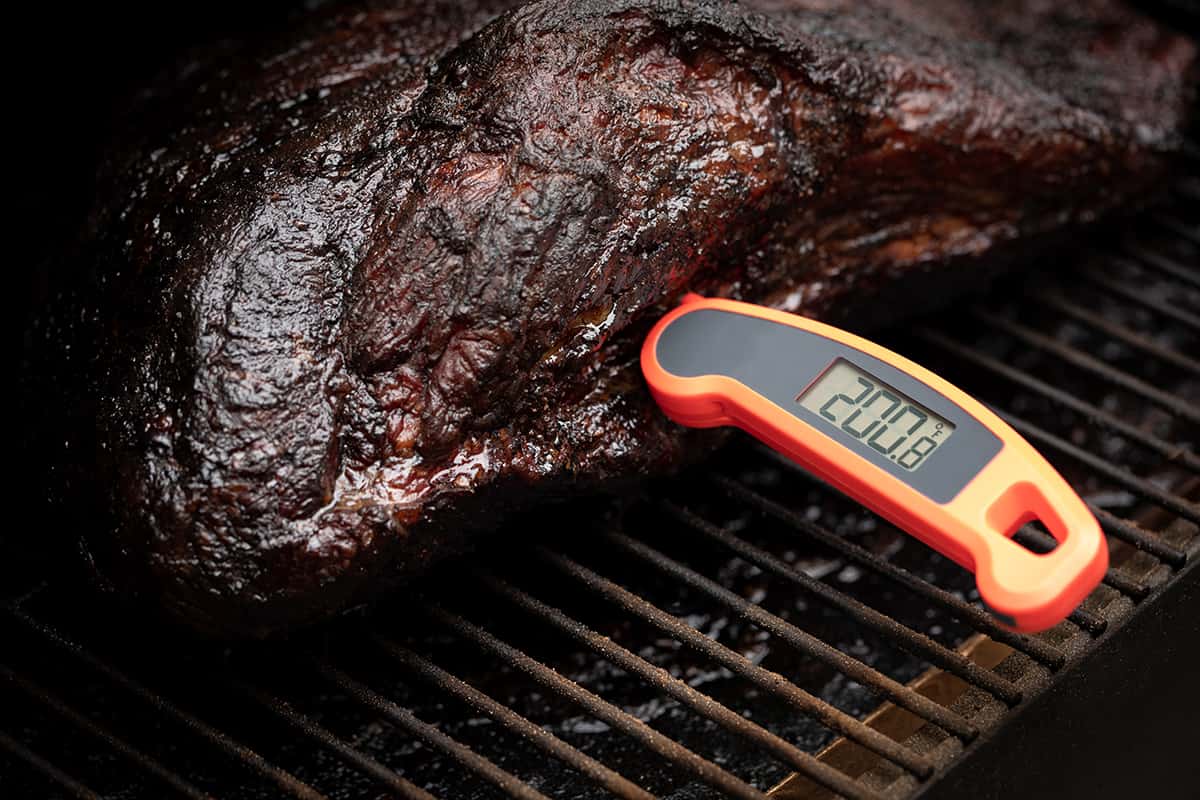
Whether you have an oven probe thermometer, a bimetal thermometer, or a disposable thermometer, using them to read the temperature of the meat is practically identical.
Stick the probe section into the thickest part of your meat. For probe thermometers, make sure the electronic thermometer case is away from the heat source. For bimetal thermometers, try and point the thermometer gauge toward the oven or grill door to let you read its temperature more quickly.
When the thermometer shows a reading that is a couple of degrees below your desired temperature, remove the meat and thermometer from the heat source. A disposable thermometer will change color depending on whether the meat is rare, medium rare, medium, medium well, or well done.
Temperature Readings for Different Meats
Beef
| Doneness | Temperature Range |
| Rare | 120 to 129°F |
| Medium Rare | 130 to 134°F |
| Medium | 135 to 144°F |
| Medium Well | 145 to 154°F |
| Well Done | 155 to 164°F |
| Overcooked | 165+°F |
Lamb
| Doneness | Temperature Range |
| Rare | 115 to 119°F |
| Medium Rare | 120 to 124°F |
| Medium | 125 to 134°F |
| Medium Well | 135 to 144°F |
| Well Done | 145 to 155°F |
| Overcooked | 156+°F |
Pork
| Doneness | Temperature Range |
| Medium Rare | 145 to 149°F |
| Medium | 150 to 154°F |
| Medium Well | 155 to 159°F |
| Well Done | 160°F |
| Overcooked | 160+°F |
Other Meats
| Meat Type | Temperature Range |
| Ground Meat | 160°F |
| Chicken | 160 to 165°F |
| Turkey | 160 to 165°F |
| Duck | 160 to 165°F |
| Fish | 145 to 155°F |
| Rabbit | 160°F |
| Sausage | 160°F |
| Ham | 160°F |
How Do I Know When My Meat Is Fully Cooked?
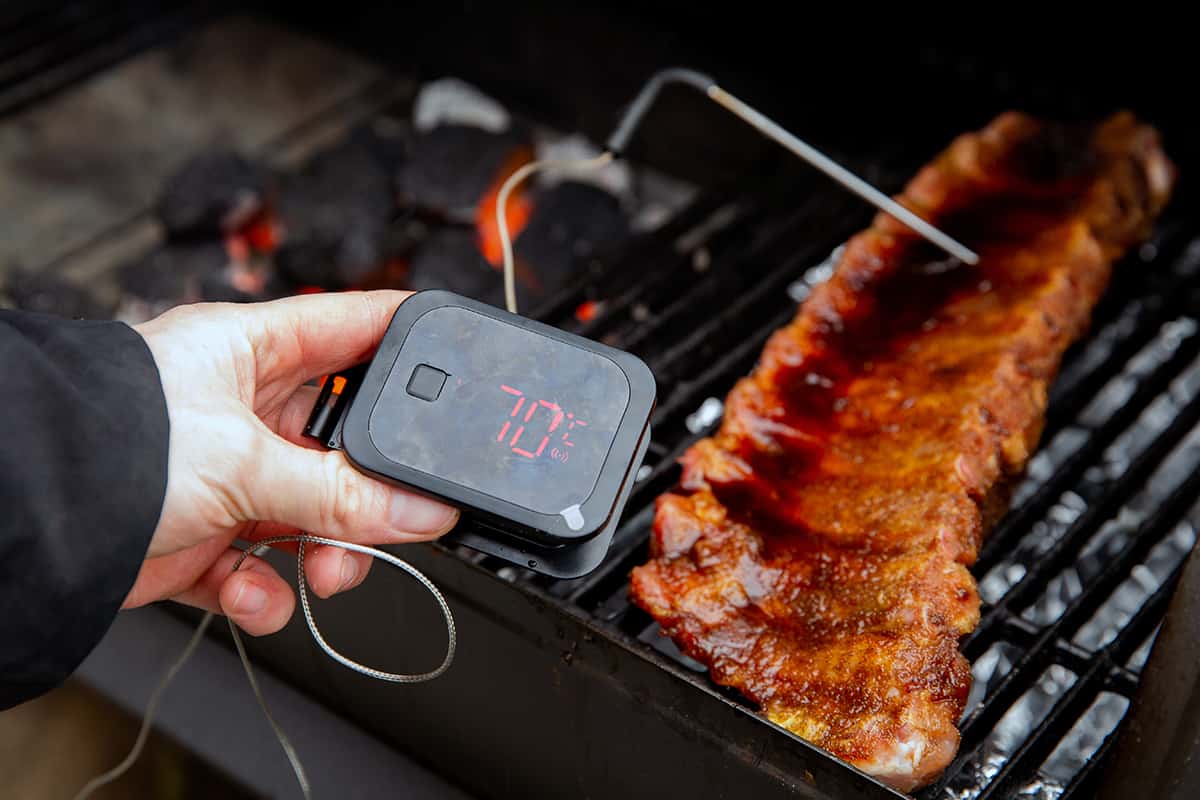
A meat thermometer is a tool that helps you ensure that your meat is fully cooked. To use one, insert it into the thickest part of the meat, making sure not to touch any bone or gristle.
The internal temperature should be 145 degrees Fahrenheit for beef and pork and 160 degrees for poultry (though some safety experts recommend 165). If you don’t have a thermometer handy, check out this guide on how to test if your food is done.
If you’re cooking on an open grill or smoker with no lid, place the thermometer near where your meat will be as it cooks so that you can monitor its progress without having to open up your smoker or grill every few minutes!
If you don’t have a meat thermometer, you can use an instant-read digital one. Instant read thermometers are easier to read than dial ones because they show you the exact temperature instantly instead of having to guess at it based on how long it takes for a dial gauge needle to move over numbers printed on its faceplate.
Can You Tell how Done a Steak Is by Pressing Your Finger Into It?
The problem with using your finger to determine how done a steak is is that you can’t really feel the juices inside of it. Even if you press on the outside of the meat, you may not be able to tell whether it’s still rare or has been properly cooked.
The best way to check for doneness is by using a meat thermometer and checking its temperature with an instant-read thermometer. The USDA recommends that steaks should be cooked until they reach 145 degrees Fahrenheit for medium-rare, 160 degrees for medium, and 170 degrees for well done.
Is Cutting Into Meat and Checking Its Color the Best Way to Check if It’s Ready?
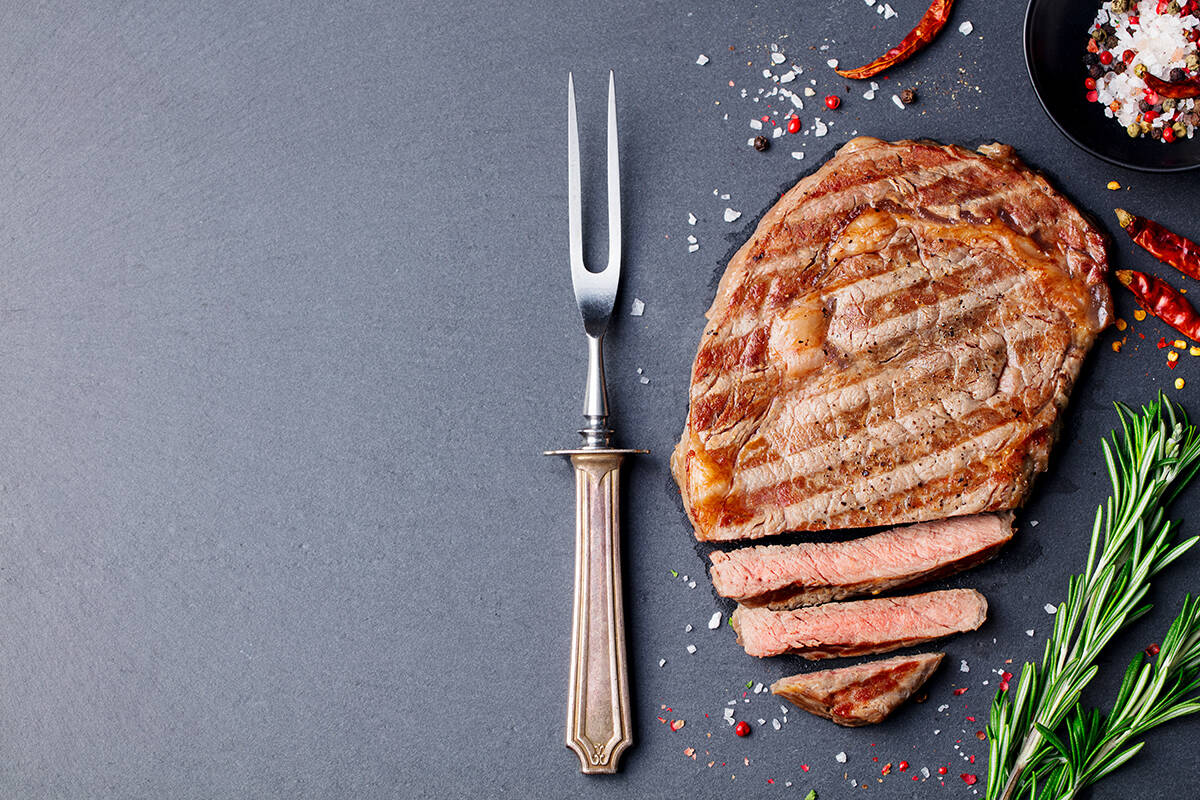
While it may be tempting to pull that perfectly cooked steak off the grill at the first sight of gray juices, you’re doing yourself and your guests a disservice by judging doneness by color.
Meat looks different when it is raw than when it has been cooked, and cooking can change its texture as well. A rare steak might be red inside while a well-done one will be browned outside, but both should have pink centers.
Even if you’re using an instant-read thermometer, which gives an accurate temperature reading within seconds, there are still ways for your meat to give out false readings depending on how close you place it to the surface or even how much fat there is surrounding the meat itself (fat insulates).
Can You Gauge Whether a Chicken Is Done by Looking at Its Juices?
You can’t really tell whether the chicken is done by looking at its juices, but it’s a good idea to check them anyway. The juices in a chicken breast should be clear and not pink or red.
The juices should also not be brown. Chicken thighs are often cooked over an open flame or high heat, so if you use this method to cook your thighs, then they may have light brown color to them as well. If all of these things are true—the juice is clear, and there is no pink or red; or if it’s very light in color—then you can gauge that your chicken was cooked thoroughly through to completion.
